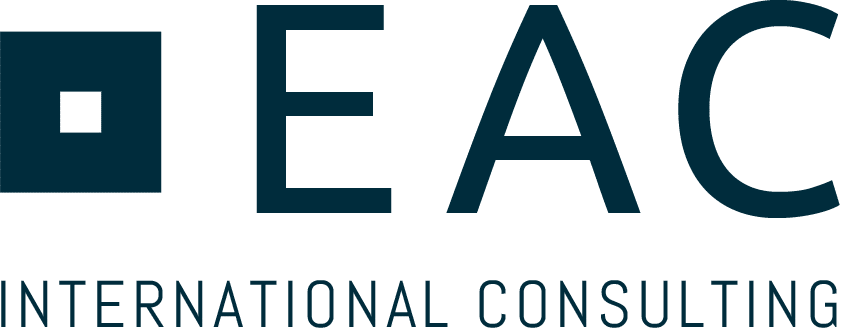
SUCCESS IN CHINA – THROUGH IN-DEPTH UNDERSTANDING FOR LOCAL RULES
"As China enters a "new normal" after 40 years of boom, the challenges for foreign companies are also shifting. Products must be increasingly localized, market introduction strategies adapted and organizational structures revised, while Chinese companies are becoming more and more competitive."
China
Despite the recent slight weakness in growth, the performance of the Chinese economy remains unsurpassed. The country has been recording above-average growth rates for decades and is currently the world's second largest economy with a middle class that is expected to comprise around 740 million people by 2025.
This development is increasingly affecting key European industries such as the mechanical engineering, chemical, automotive and trade fair industries, which now generate a large part of their sales revenues in China.
The Chinese market holds enormous growth potential, but we still want to take risks equally into account. In particular, the pressure to cut costs in an increasingly competitive environment is increasing due to limited market growth and emerging local competitors. Furthermore, the economic impact of political or trade-driven disruptions has increased, particularly in recent years.
In order to counter these risks and to ensure long-term success in China, it is necessary to develop tailor-made, implementable solutions. Sustainable success in China requires an in-depth understanding of the local rules of the game - EAC accompanies projects with targeted market/product and customer analyses as well as competitive benchmarks that lead to the derivation of a feasible localization strategy. The experience of our local consulting teams with in-depth industry and functional expertise is complemented by an established network of industry associations, public decision makers and government representatives.
This development is increasingly affecting key European industries such as the mechanical engineering, chemical, automotive and trade fair industries, which now generate a large part of their sales revenues in China.
The Chinese market holds enormous growth potential, but we still want to take risks equally into account. In particular, the pressure to cut costs in an increasingly competitive environment is increasing due to limited market growth and emerging local competitors. Furthermore, the economic impact of political or trade-driven disruptions has increased, particularly in recent years.
In order to counter these risks and to ensure long-term success in China, it is necessary to develop tailor-made, implementable solutions. Sustainable success in China requires an in-depth understanding of the local rules of the game - EAC accompanies projects with targeted market/product and customer analyses as well as competitive benchmarks that lead to the derivation of a feasible localization strategy. The experience of our local consulting teams with in-depth industry and functional expertise is complemented by an established network of industry associations, public decision makers and government representatives.
„Chinese companies have become global leaders, especially in efficiency-oriented and customer-oriented innovations. Internet and technology giants such as Huawei, Baidu, Alibaba, Tencent, JD, Didi Chuxing, Meituan-Dianping or ByteDance are increasingly setting innovation standards instead of following their Western competitors.“
"As China enters a "new normal" after 40 years of boom, the challenges for foreign companies are also shifting. Products must be increasingly localized, market introduction strategies adapted and organizational structures revised, while Chinese companies are becoming more and more competitive."
China focuses on innovation
More and more Chinese competitors are developing from pure "copy cats" into serious competitors. In various industries, they have already taken over a large part of the middle market segment, such as mechanical engineering.
These competitors want to oust foreign companies in the premium market segment in China and in the mid-market segment on their home turf. For this reason, a deep understanding of how Chinese competitors operate should be developed early on - what are their expansion targets and value creation structures? Only in this way can effective preventive measures be taken in good time. One effective measure, for example, is the acquisition of local competitors.
EAC supports the development of a market-specific product portfolio that takes into account innovative megatrends in China and increasingly focuses on the area of digitization across the value chain.
These competitors want to oust foreign companies in the premium market segment in China and in the mid-market segment on their home turf. For this reason, a deep understanding of how Chinese competitors operate should be developed early on - what are their expansion targets and value creation structures? Only in this way can effective preventive measures be taken in good time. One effective measure, for example, is the acquisition of local competitors.
EAC supports the development of a market-specific product portfolio that takes into account innovative megatrends in China and increasingly focuses on the area of digitization across the value chain.
Most international companies are already present in China. For them, the question is how to successfully develop new market segments, new regions or new application industries in order to ensure sustainable growth.
Especially in the semiconductor, automation and robotics sectors, but also in the chemical, FMCG and service industries, there is a need for action to remain competitive. It is essential to build up the optimal sales and service organization and focus on generating solutions for specific local requirements.


